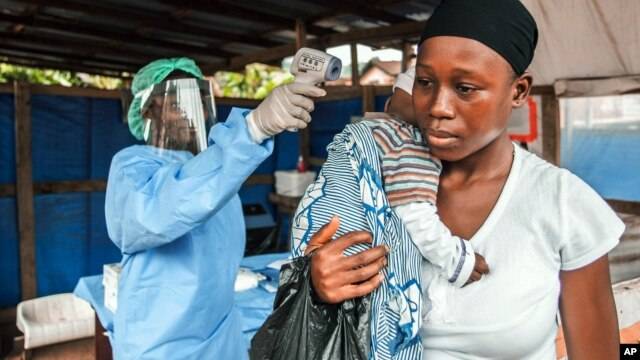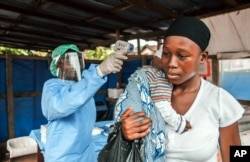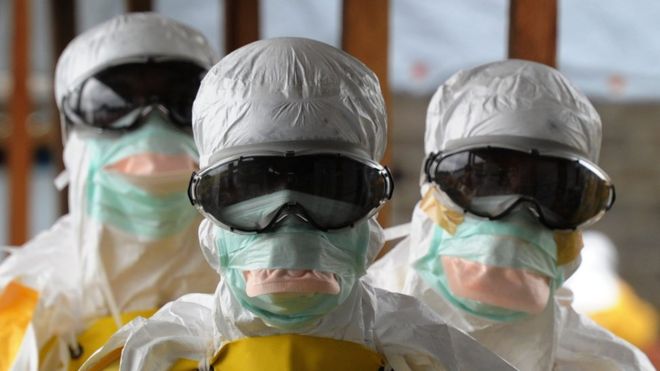- Aug 4, 2011
- 81,129
- 14,024
- 2,190
"Strictly speaking, when we look at our figures, there is deceleration in the number of cases in a few spots in Liberia and Guinea, but they are still on the rise in Sierra Leone.
There are a few things we need to be conscious about: we have had those decelerations in the past. Basically, it happened while it was spreading in other communities and after that, there was another surge in other hot spots. So we need to make sure it’s an opportunity to consolidate our Ebola isolation centers and case management, strengthen the community information and education. That is key. We need to use this time for that. But the main thing is to not let down our guard.
"There’s no room for complacency, no room for mistakes. Every time you go down that path, you pay: you get infected, more people are infected. Ebola does not allow you to make mistakes."
There s no room for complacency in the fight against Ebola - Vox
There are a few things we need to be conscious about: we have had those decelerations in the past. Basically, it happened while it was spreading in other communities and after that, there was another surge in other hot spots. So we need to make sure it’s an opportunity to consolidate our Ebola isolation centers and case management, strengthen the community information and education. That is key. We need to use this time for that. But the main thing is to not let down our guard.
"There’s no room for complacency, no room for mistakes. Every time you go down that path, you pay: you get infected, more people are infected. Ebola does not allow you to make mistakes."
There s no room for complacency in the fight against Ebola - Vox







